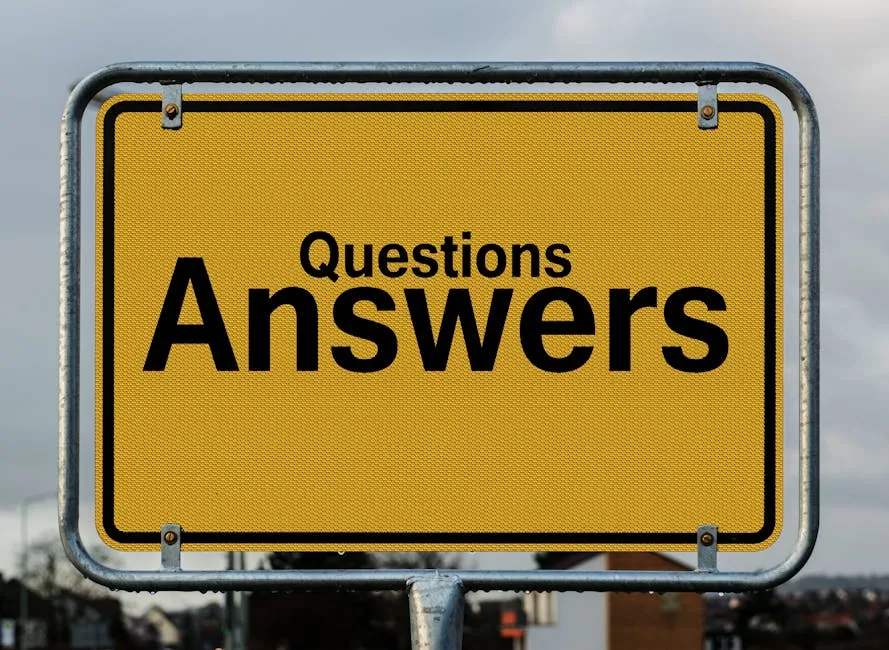
Why Do You Have to Memorize Prepositions for SAT?
Introduction
Prepositions play a crucial role in English grammar. They help connect nouns, pronouns, and phrases in a sentence. For the SAT, understanding prepositions is vital. They frequently appear in questions related to grammar and writing. This article will explore why memorizing prepositions is essential for your SAT success. To really ace the SAT, you might want to check out the SAT Prep Black Book. This book is packed with strategies that can help you navigate the tricky waters of the SAT with ease. Why suffer through confusion when you can have a roadmap to success?The Importance of Prepositions on the SAT
Understanding Prepositions
Prepositions are words that show direction, location, or time. They establish relationships between different parts of a sentence. Common prepositions include “in,” “on,” “at,” “by,” and “for.” For example, in the sentence “The book is on the table,” “on” indicates the relationship between the book and the table.
Prepositions and Prepositional Phrases
Prepositional phrases are combinations of prepositions and nouns. They provide additional details in sentences. For example, in the phrase “under the bed,” “under” is the preposition, and “the bed” is the noun. This combination helps clarify relationships in time and space.
- In the morning: She enjoys jogging.
- On the table: The book lies open.
- With her friends: He went to the movies.
The Role of Prepositions in SAT Writing
Prepositions in the SAT Writing Section
The SAT Writing and Language section often tests prepositions. Questions may involve choosing the correct preposition or identifying errors in prepositional phrases. Recognizing the right usage is essential for achieving a high score.
Common Errors Involving Prepositions
Many students struggle with prepositions, leading to common errors. One frequent mistake is using the wrong preposition. For example:- Incorrect: She is good in math.
- Correct: She is good at math.
- Incorrect: He is interested the project.
- Correct: He is interested in the project.

Strategies for Memorizing Prepositions
Methods to Memorize Prepositions
Memorizing prepositions can be fun and effective! One popular technique is using songs. Tunes like “Yankee Doodle” can help you remember prepositions easily. Try creating your own catchy rhyme or jingle. Flashcards are another great option. Write a preposition on one side and its examples on the other. This method promotes active recall.
Familiarity vs. Memorization
There’s an ongoing debate about memorizing prepositions versus familiarizing oneself with them. Some educators argue that understanding how prepositions work in context is more beneficial. They believe this approach fosters deeper learning. Others maintain that memorization is crucial. Knowing common prepositions aids in identifying grammatical errors quickly.
Practical Applications for SAT Preparation
Practice Exercises
To master prepositions, practice is key! Start with simple exercises that involve identifying prepositions in sentences. Create a worksheet or find online resources with preposition exercises. Websites like Khan Academy offer excellent practice materials.
Real SAT Questions
The SAT often includes questions that test your grasp of prepositions. For instance, you might encounter sentences like: “The cat jumped ___ the table.” Your task is to fill in the blank with the correct preposition, such as “on” or “off.”
Conclusion
Understanding prepositions is crucial for doing well on the SAT. They play a key role in grammar questions, affecting clarity and precision. By focusing on memorizing and practicing prepositions, you set yourself up for success.
FAQs
Why are prepositions important for the SAT?
Prepositions are vital for understanding relationships between words in sentences. They often appear in grammar questions, making them essential for SAT success. Recognizing correct prepositional usage enhances writing clarity and overall communication skills.
How many prepositions should I memorize for the SAT?
While there are over 150 prepositions in English, focus on the most common ones. Knowing around 50-60 key prepositions should suffice for the SAT. Familiarize yourself with these words to improve your performance on grammar questions.
Are there tips for using prepositions correctly in writing?
Using prepositions correctly can elevate your writing. Here are some practical tips to help you: 1. Know Your Prepositions: Familiarize yourself with common prepositions. Words like “in,” “on,” “at,” “for,” and “with” often appear in sentences. 2. Prepositional Phrases: Understand that a prepositional phrase includes a preposition followed by a noun. For example, in “under the bed,” “under” is the preposition. 3. Avoid Redundancy: Don’t use a preposition at the end of a sentence if it’s unnecessary. Instead of saying, “Where are you at?” you can say, “Where are you?” 4. Context Matters: Choose prepositions based on the meaning you want to convey. For instance, “interested in” vs. “interested about” can change the nuance of your statement. 5. Practice Makes Perfect: Write sentences using different prepositions. This will help you get a feel for their proper usage.
Can I do well on the SAT without memorizing all the prepositions?
You might wonder if memorizing all prepositions is necessary for SAT success. The good news is that you can do well without knowing every single one. Understanding key prepositions is more important than rote memorization. Focus on the most common ones, like “in,” “on,” “to,” and “with.” When you grasp their usage in context, you can tackle grammar questions effectively. Moreover, familiarity with how prepositions function in sentences will help you identify errors. So, while memorization can be useful, prioritize understanding over memorizing lists.
What resources can help with prepositions for the SAT?
Many resources can aid your understanding of prepositions for the SAT. Here are a few to consider: 1. Books: Look for SAT prep books that emphasize grammar rules. Titles like *The College Panda’s SAT Writing* provide insights into using prepositions correctly. 2. Websites: Online platforms like Khan Academy offer practice exercises focused on prepositional phrases and their usage. 3. Courses: Consider enrolling in an SAT prep course. These often include comprehensive reviews of grammar, including prepositions. 4. Flashcards: Create flashcards with common prepositions and example sentences. This visual aid helps reinforce your learning. 5. Practice Tests: Utilize official SAT practice tests. They will familiarize you with the types of questions that involve prepositions.
How do prepositions affect subject-verb agreement?
Prepositions can influence subject-verb agreement in sentences. The key point is that prepositional phrases do not determine the number of the subject. For example, in the sentence “The group of students is studying,” the word “group” is the subject. Here, “group” is singular, so the verb “is” must also be singular. When you see a prepositional phrase, like “of students,” it can mislead you into thinking the subject is plural. To avoid errors, ignore the prepositional phrase and focus on the head noun. This will help you maintain proper subject-verb agreement.
Are there common prepositional mistakes to avoid on the SAT?
Many students make similar prepositional mistakes on the SAT. Here are some to watch out for: 1. Wrong Prepositions: Using incorrect prepositions can change the meaning. For instance, “interested in” is correct, while “interested on” is not. 2. Missing Prepositions: Sometimes, students omit necessary prepositions. For example, saying “He is good math” is incorrect; it should be “He is good at math.” 3. Ending Sentences with Prepositions: While it’s not always wrong, avoid ending sentences with unnecessary prepositions. Instead of “Who are you talking to?” consider “To whom are you talking?” 4. Confusing Prepositions: Words like “between” and “among” are often confused. Remember, use “between” for two items and “among” for three or more. 5. Inconsistent Usage: Ensure your preposition usage remains consistent throughout. Avoid switching between “to” and “for” in similar contexts.
For further insight into the physiological aspects of learning and physical activity, check out this article on why do we notice more pins and needles sensations during physical activity.
Please let us know what you think about our content by leaving a comment down below!
Thank you for reading till here 🙂
All images from Pexels




